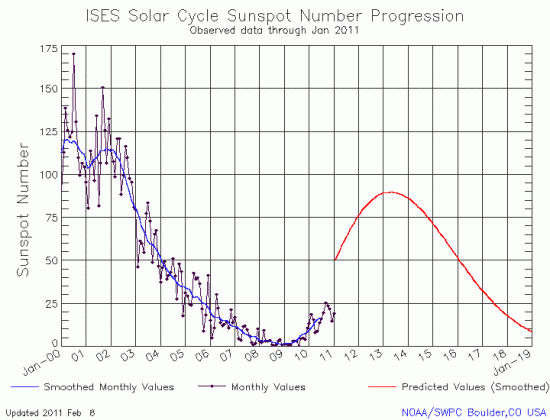Cutting the Full $100 Billion
Keep this momentum going! The House Republican leadership was forced this week to increase its proposed budget cuts to $100 billion because of tea party movement pressure, both in the House and back at home. Key quote from this New York Times report:
The reversal was the most concrete demonstration yet that the wave of fiscal conservatives who catapulted Republicans into the House majority is reshaping the political and policy calculations being made by the party leadership.
Keep this momentum going! The House Republican leadership was forced this week to increase its proposed budget cuts to $100 billion because of tea party movement pressure, both in the House and back at home. Key quote from this New York Times report:
The reversal was the most concrete demonstration yet that the wave of fiscal conservatives who catapulted Republicans into the House majority is reshaping the political and policy calculations being made by the party leadership.




